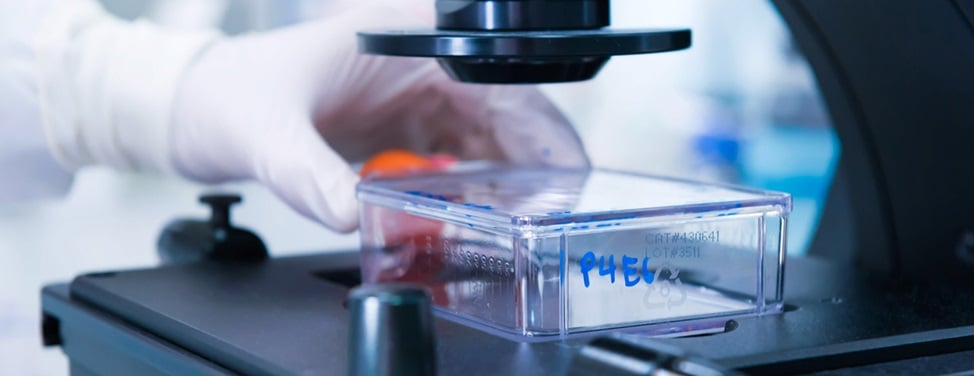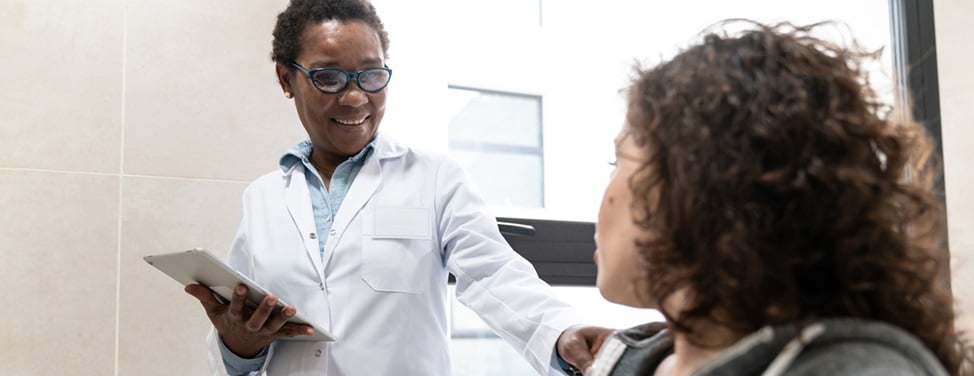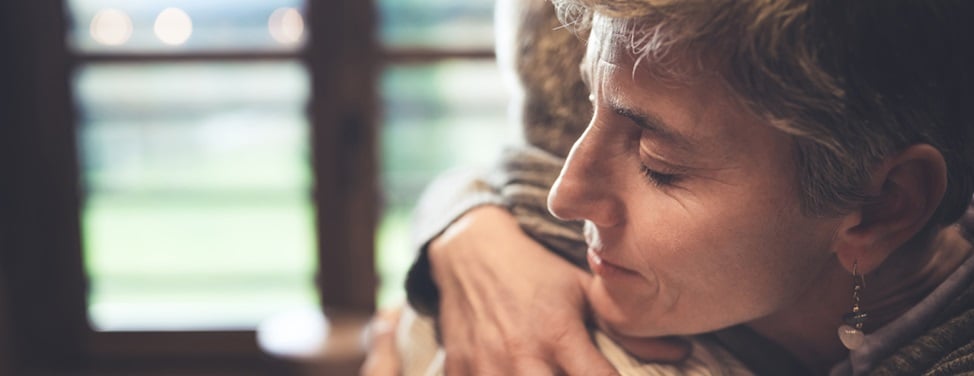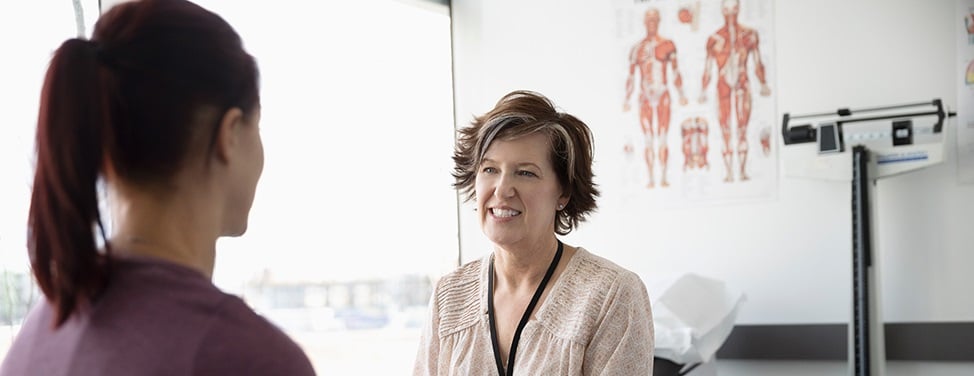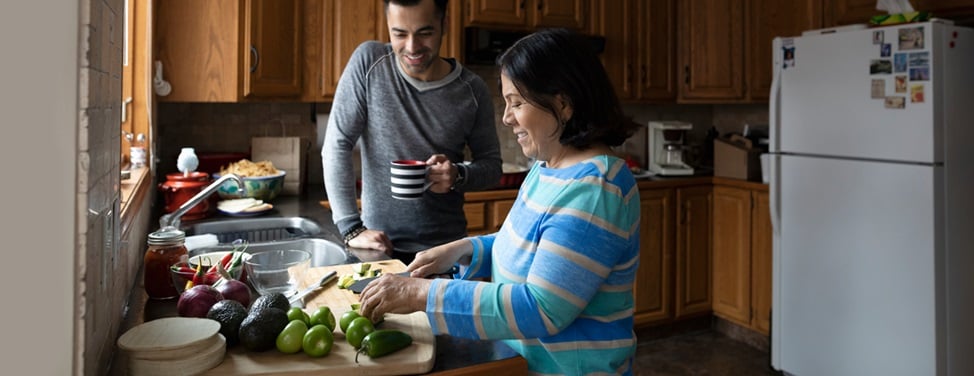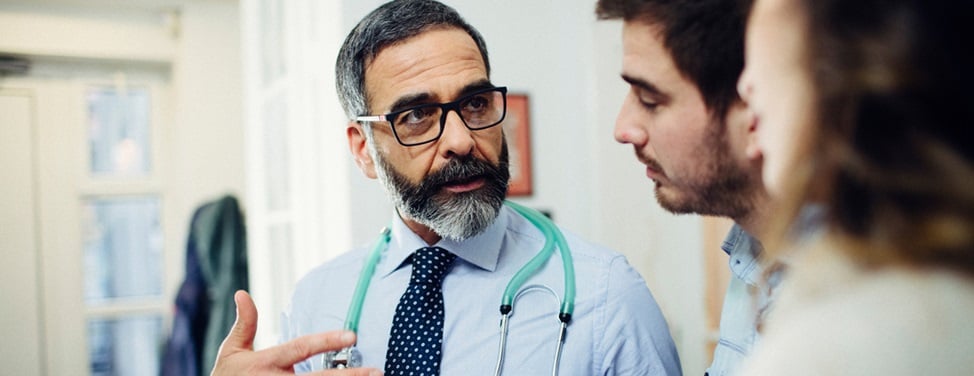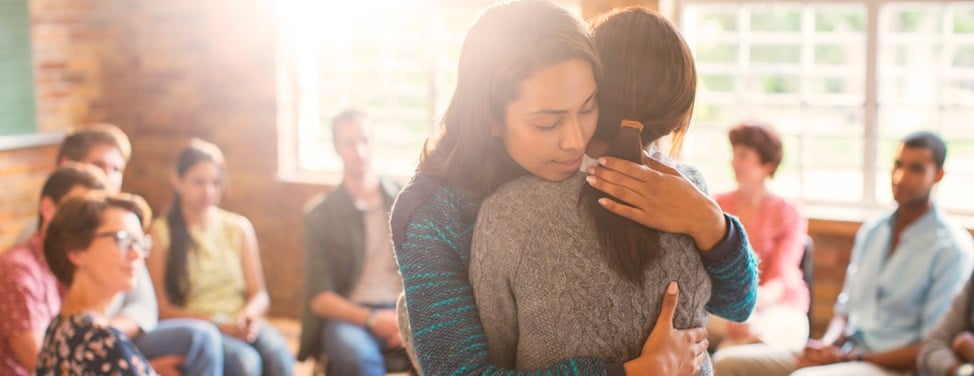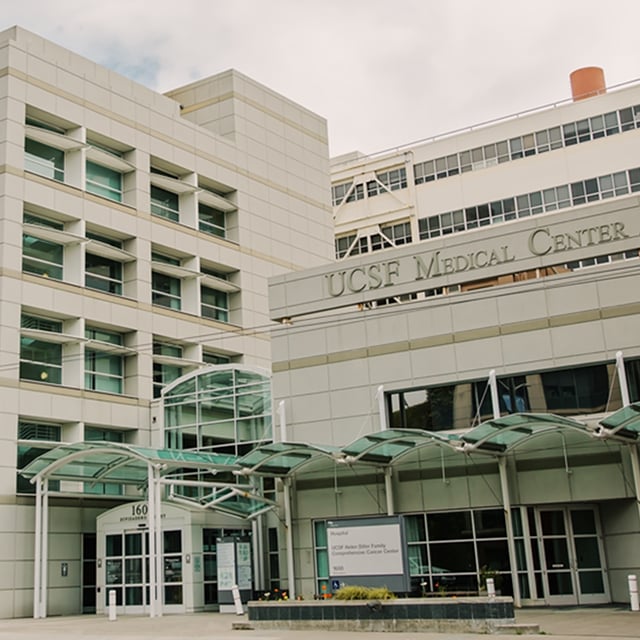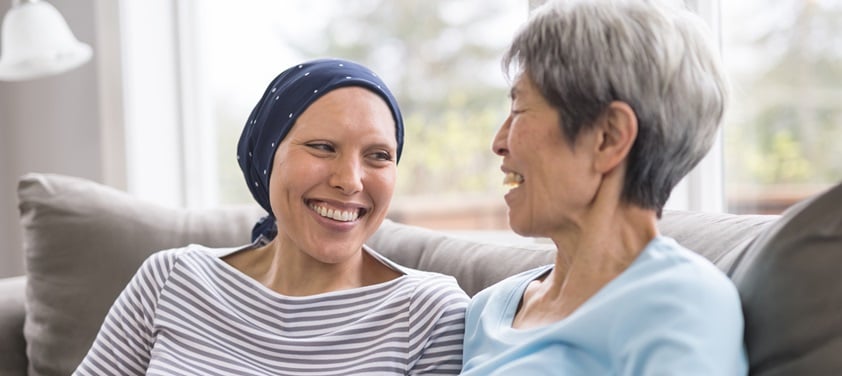Endometrial Cancer

Overview
Endometrial cancer of the uterus, sometimes referred to as uterine cancer, is the most common cancer of the reproductive system. It develops in the uterus, though most endometrial cancers develop in the endometrial glands that line the inner wall of the uterine cavity, rather than in the uterus' muscular wall.
Our approach to endometrial cancer
UCSF offers innovative, compassionate care in a supportive environment to women with endometrial cancer. Our team includes gynecologic oncologists, gynecologic cancer surgeons, radiation oncologists and nurses with special training in reproductive cancers.
We believe that education is a powerful part of the healing process. Our team works with each patient to help her understand her condition and all her treatment options, so we can decide together on the best course of action.
Awards & recognition
-

Among the top hospitals in the nation
-
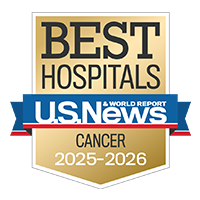
Best in California and No. 7 in the nation for cancer care
-
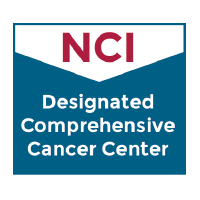
Designated comprehensive cancer center
Signs & symptoms
Although endometrial cancer usually occurs after menopause, it also may occur around the time that menopause begins. Abnormal vaginal bleeding is the most common symptom of uterine cancer. Bleeding may start as a watery, blood-streaked flow that gradually contains more blood. Women should not assume that abnormal vaginal bleeding is part of menopause.
You should see your doctor if you have any of the following symptoms:
- Unusual vaginal bleeding or discharge
- Difficult or painful urination
- Pain during intercourse
- Pain in the pelvic area
Diagnosis
If you have symptoms that suggest endometrial cancer, your doctor may check general signs of your health and order blood and urine tests. Your doctor also may perform one or more of the exams or following tests:
- Pelvic exam. A pelvic exam is done to check a woman's vagina, uterus, bladder and rectum. The doctor feels these organs for any lumps or changes in their shape or size. To see the upper part of the vagina and the cervix, the doctor inserts an instrument called a speculum into the vagina.
- Pap test. For a Pap test, the doctor collects cells from the cervix and upper vagina. A medical laboratory checks for abnormal cells. Although the Pap test can detect cancer of the cervix, cells from inside the uterus usually do not show up on a Pap test. This is why the doctor collects samples of cells from inside the uterus in a procedure called a biopsy.
- Transvaginal ultrasound. This involves a doctor inserting an instrument into the vagina. The instrument aims high-frequency sound waves at the uterus. The pattern of the echoes they produce creates a picture. If the endometrium looks too thick, the doctor can do a biopsy.
- Biopsy. For a biopsy, the doctor removes a sample of tissue from the uterine lining. This usually can be done in the doctor's office.
Treatments
There are a number of ways to treat endometrial cancer, including the following.
Surgery
Most women with uterine cancer have surgery to remove the uterus through an incision in the abdomen — this procedure is called a hysterectomy. If the doctor also removes the fallopian tubes and the ovaries, this procedure is called a bilateral salpingo-oophorectomy.
Hormonal therapy
If the cancer has spread to other parts of your body, synthetic progestin, a form of the hormone progesterone, may stop it from growing. The progestin used in treating endometrial cancer is in different doses than the progestin used in hormone replacement therapy for menopausal women. Some different medications may be used as well.
Treatment with progestin may be an option for women with early endometrial cancer who want to have children and therefore do not want to have a hysterectomy. However, this approach is new and does not guarantee that the cancer will not return.
Radiation therapy
Radiation therapy uses high-energy rays to damage cancer cells and stop them from growing. It is a localized treatment, which means that it works to attack cancer cells in one area. The radiation may come from a large machine, called external radiation, or from radioactive materials placed directly into the uterus, called implant radiation. Some patients receive both types of radiation therapy.
UCSF Health medical specialists have reviewed this information. It is for educational purposes only and is not intended to replace the advice of your doctor or other health care provider. We encourage you to discuss any questions or concerns you may have with your provider.
More treatment info
-

Brachytherapy (HDR & LDR)
Radioactive material is placed inside a tumor or very close to it to treat the tumor and spare healthy tissue.
Learn more -

Hyperthermia (HT)
Heat is used to kill small cancer tumors and to enhance the effectiveness of radiation and chemotherapy.
Learn more -

Hysterectomy
Several hysterectomy surgical approaches are available to remove the uterus and resolve fibroid symptoms.
Learn more -

Intensity-modulated radiation therapy (IMRT)
The advanced technique focuses strong radiation on the tumor and spares surrounding healthy tissue.
Learn more
Recommended reading
Where to get care (3)
Related clinics (5)
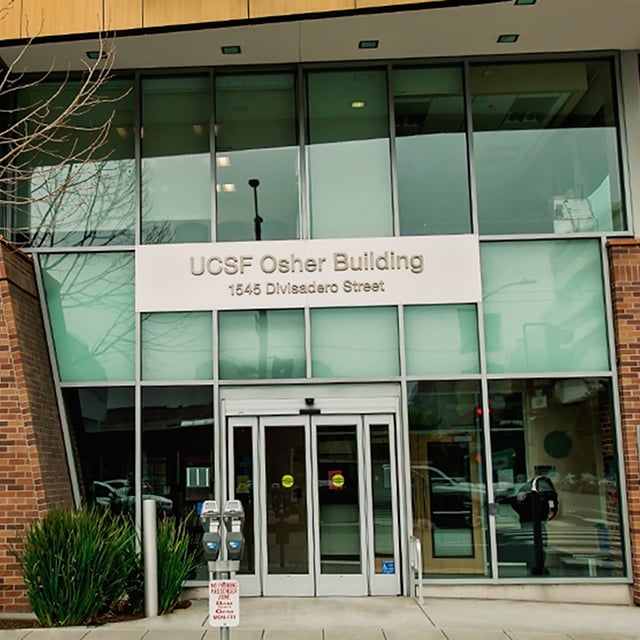
Osher Center for Integrative Health
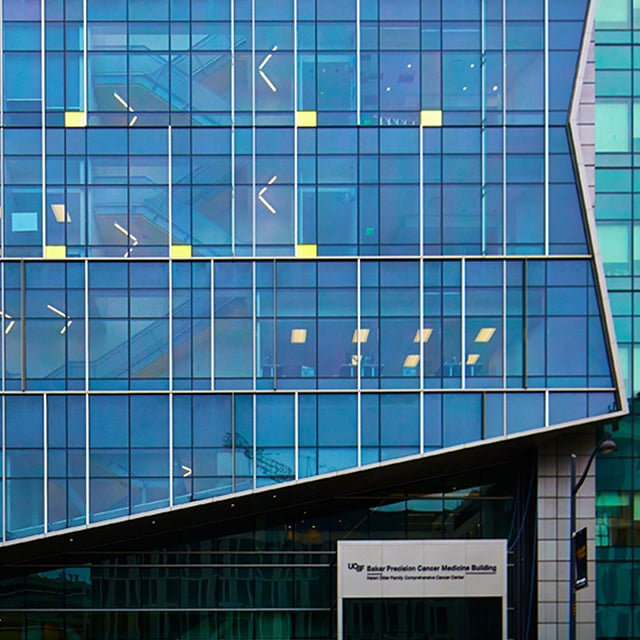 2
2






